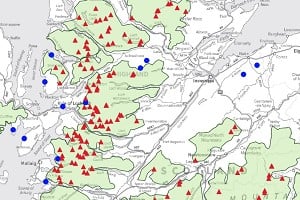
Glen Etive's controversial new hydro power projects are a planning failure, and a symptom of environmental doublethink at policy level, says Texa Sim. Aside from the scenic impact, the evidence suggests they will also be bad news for the local ecology.
The path of the Save Glen Etive campaign has been a convoluted one, pitted against a set of inappropriate developments that have now sadly been made reality through thoughtless planning, wilful ignorance of evidence, and a flippant disregard for thousands of public objections.
It began on 22nd February, the day after the Planning Committee of the Highland Council initially granted the developer, Dickins Hydro Ltd, approval to build seven hydro schemes on seven separate tributaries of the River Etive.
Contrary to their sustainable image, Run-of-River hydro-schemes sit firmly within a picture of habitat loss, and provide those in support of renewable energy production with a predicament
The campaign against this plan quickly blossomed into a powerful voice that represented those who felt that Glen Etive is unsuitable for the concrete, bulldozers and permanency the hydro-schemes herald. Following a decision to reassess the approval, a subsequent Special Meeting of the full Highland Council was held on 20th March to reconsider the placement of three schemes on the eastern side of the glen (attended by 40 of a total 73 members). For many, the decision to approve these three most contentious schemes was met with disappointment, and a renewed feeling that an injustice to the land had occurred.
There are many reasons for objecting to these three hydro schemes, but a misguided romanticism that paints Glen Etive as 'untouched' wild nature is not one of them. However, while Glen Etive, like the vast majority of the Highland region, is over-grazed and deforested, it does harbour pockets of habitat that should be protected from further development, and expanded, and that is not compatible with the developments that will now take place later this year.
There is huge financial value in habitat restoration; nature based tourism is worth £1.4 billion p.a. in Scotland, with sea eagles on the Island of Mull and individual beaver release sites worth £2 million apiece.
But Britain is now classed as one of the most nature depleted countries in the world, and is expected to miss the majority of its 20 Aichi Biodiversity Targets by 2020.
An SNH Environmental Impact Assessment said that the Allt a' Chaorainn and the Allt Ceitlein proposals are "likely to have a significant effect on the golden eagle for which Glen Etive and Glen Fyne is designated"
Ongoing species decline and the failure to protect wildlife habitats follow an equally dismal historical track record, as the list of species driven to extinction through previous overexploitation and habitat loss demonstrates. The elk, auroch, lynx, brown bear, wolf, crane, white stork, great bustard and great auk were poached, hunted, eaten or chased off the edge of existence as people 'cut down and burnt whole tracts of forests that harboured them' (Harting, 1880). The beaver, bittern, wild boar, red squirrel, great spotted woodpecker, red kite, capercaillie, goshawk, polecat, osprey and sea eagle were also once extinct. The small populations present in today's Britain are a remnant of what once was, and many of them are struggling to maintain their foothold as pressures on their habitats increase.
Contrary to their clean and sustainable image, Run-of-River hydro schemes sit firmly within this picture of extinction and habitat loss, and provide those in support of renewable energy production with a rather troublesome predicament. With only 12 years left to make meaningful changes to the way we generate power to mitigate human-caused climate change, hydro power can be sold as a step in the right direction. However, tragic stories from across the world have indicated that changing watercourses, developing riverbanks and beds, and diverting water can have far-reaching negative consequences to watersheds. Large scale hydro power in Uganda, Canada, the US, China, Vietnam and within the Balkans region have proved to be at best money-making schemes for private companies to the detriment of local communities and at worst caused massive, irreparable damage to whole ecosystems dependant on free-flowing rivers.
Small hydro power developments present similar challenges to ecosystems that are, as yet, not fully understood. However, some research does suggest that ecosystem shifts as a result of micro-hydro installation may take up to three years to become apparent, while studies from Norway, China and Spain indicate that small hydroelectric schemes can have a greater impact per megawatt of energy produced than large projects.
The process of construction creates noise, and sacrifices areas of habitat for access tracks, buried penstocks, intakes, weirs and burrow pits. Disturbance in Glen Etive caused by the works may severely affect the bird life of the region. The developer's own breeding bird survey found 28 species of birds present. Of these, seven were confirmed breeders and designated UK British Biodiversity Action Plan (UKBAP) species or listed on the Birds of Conservation Concern 4 Red List (BoCC). These birds, including the great flycatcher, lesser redpoll and tree pipit are globally threatened, and in the UK have experienced ~50% declines in both breeding populations and range. It is likely that extensive construction over extended time periods will impact nesting, foraging and resting opportunities and possibly drive sensitive species out of the area.
Small hydroelectric schemes can have a greater impact per megawatt of energy produced than large projects
One of the Highland's greatest icons, the golden eagle, may also be threatened by the schemes, as they are placed firmly within the Glen Etive and Glen Fyne Special Protection Area (SPA) for the conservation of these birds. The breeding population in the SPA was most recently assessed in 2015 as favourable, and their continued success in the region is dependent on the mitigation of disturbance. In its Environmental Impact Assessment Scottish Natural Heritage (SNH) drew attention to two of the eastern schemes, on the Allt a' Chaorainn and the Allt Ceitlein, commenting that the proposals are "likely to have a significant effect on the golden eagle for which Glen Etive and Glen Fyne is designated". Golden eagles have a core range within 2-3km of their nest sites, of which there are several within 1km of the planned schemes.
The future of our biodiversity looks bleak indeed; SNH and the Highland Council are custodians of the region where most of our iconic Scottish wildlife is found, and yet refuse to take affirmative action to protect against development that they acknowledge as a high risk to wildlife.
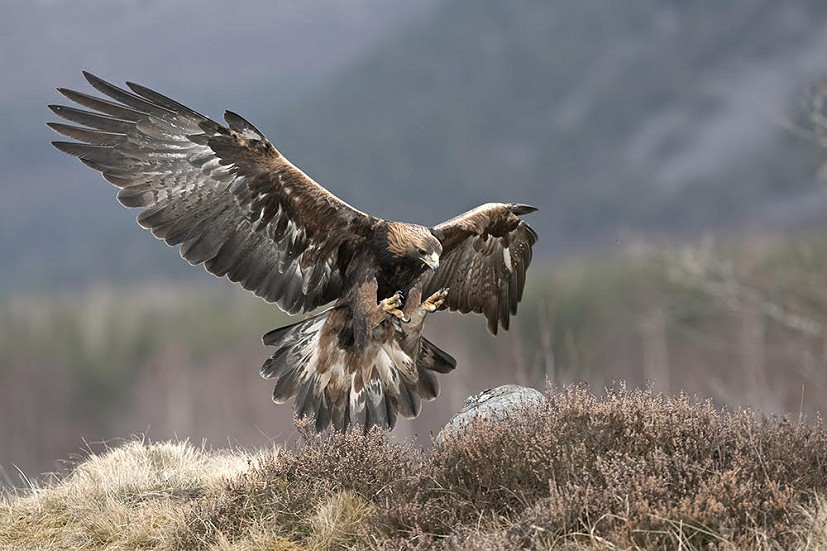
Small hydro schemes also restrict sediment transport, increase water turbidity, reduce water flow, aeration and water quality while changing the rates of siltation and erosion; all factors that can affect the localised riverine ecosystem, causing disruption to the availability of suitable habitat and foraging opportunities for mammals, birds, and fish. The Glen Etive hydro schemes are no exception, and of particular concern is the presence of the Atlantic salmon, brown trout and critically endangered European eel which can be found below the tributaries in the River Etive. The numbers of returning salmon to the river are low, and it is therefore imperative to protect the habitats available to the smolt and parr as they grow and feed. However, this may be negatively influenced by increased water temperatures from hydro-scheme outflow, as still areas of water gathered behind the weirs absorb heat, are channelled through penstocks, and discharged into the river lower down.
The Argyll Fisheries Trust indicate that increased water temperatures are a significant threat to salmon, trout and eel populations. Perhaps unsurprisingly, the Fish and Aquatic Impact Assessments submitted by the developer dismissed this possibility, failing to consider the total effect of the seven schemes.
Freshwater habitats are the most endangered and poorly protected in the world. In this case, there is an unfounded trust that this highly inexperienced developer will cause no harm, provided 'best practice' is followed. Dickins Hydro Resources Ltd show no records of having ever built a hydro-power development - and now they have free rein to build seven of them within one of Scotland's most sensitive upland regions, that in the words of SNH has "little or no capacity to accept new development".
Where this kind of trust has been previously abused, the results have been spectacular in their destruction; in 2013 'hundreds of years' worth of pollution created by a hydro-scheme construction on the River Lyon wiped out a colony of critically endangered freshwater pearl mussels.
Dickins Hydro Resources Ltd show no record of having ever built a hydro power development, and now they have free rein to build seven of them in one of Scotland's most sensitive upland regions, that in the words of SNH has "little or no capacity to accept new development"
Climate change is the greatest challenge we will ever face, but the Glen Etive schemes do not have a place in fighting and winning the battle. Instead they will produce small and unpredictable amounts of energy to add to an already stretched national grid, while sacrificing local ecosystem resilience. There are opportunities to produce large amounts of truly 'clean and green' energy in Scotland; through solar, offshore and floating wind-power and powerful tidal energy solutions- innovative renewable technologies that the Scottish Government have indicated will likely fulfil our energy targets. Previously installed hydro-schemes also have the potential to produce more energy, as many do not run at full capacity.
While the campaign objections to the Glen Etive schemes were founded in research, one of the disappointing aspects of the public debate has been a resort to parochialism. Some have suggested that the opinions of 'locals' hold more authority than those of 'outsiders'.
Yet, we are acutely aware of the severe challenges the community face in this part of the Highlands. Road links are poor, traffic management is non-existent, and there is frequent antisocial behaviour leading to vandalism and pollution. It seems that as tourism increases, local authorities are abandoning their obligation to help communities cope with the additional demands. The campaign is not a narrow-minded project, and it welcomes the opportunity to use its influence to bring positive change for the community.
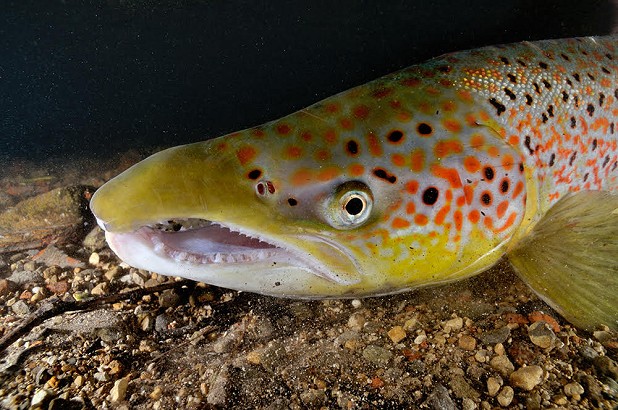
And, while we have the support of many hundreds of people from all over the world, we also represent large numbers of people who live and work in the region. To all of them, the hydro schemes symbolise development for the sake of development, and indicate a blatant disregard for a landscape that has been officially designated for protection three times over; as a Wild Land Area (WLA), National Scenic Area (NSA) and Special Protection Area (SPA).
Personally, I am part of an exodus of young people moving away from urban areas to live and work, for precisely the reasons the campaign objectors lament. Yes, we play in the mountains, forests and coasts; we hike, run, bike, paddle, scramble and delight in the challenges presented by the most spectacular region of the UK. Yet we also live and work here. For us Gunn's 'Young Art's' musings ring true, "I know...every little burn and stream, and even the boulders in the stream. And I know the moors and every lochan on them. And I know the hills, and the passes, and the ruins...". We enjoy the landscape, and in turn face the same issues presented by unmanaged tourism and lack of funding for necessities such as litter removal and toilet access.
That 'local' community some opponents speak of is fully and wholly represented within the 'Save Glen Etive' campaign, and attempts to divide all those who love the area on the basis of 'them vs us' are unhelpful and short-sighted.
The future will tell how these schemes will impact Glen Etive. The value of its beauty, fragile ecosystems and free-flowing burns has been determinedly undermined by a handful of those willing to put blind faith in the promise of money and apparent expertise. For me, and for the thousands of others by my side, it will be a tragic day when the bulldozers arrive on the lochside to trundle up that winding road.
About Texa Sim
Texa Sim is a Marine Ecologist and PhD researcher, and holds a BSc and MSc in Marine Biology. She lives near Oban and is a keen mountaineer, hill runner, mountain biker, and whitewater kayaker.


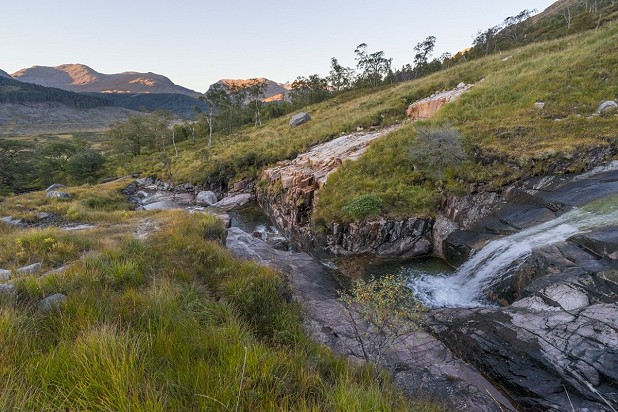
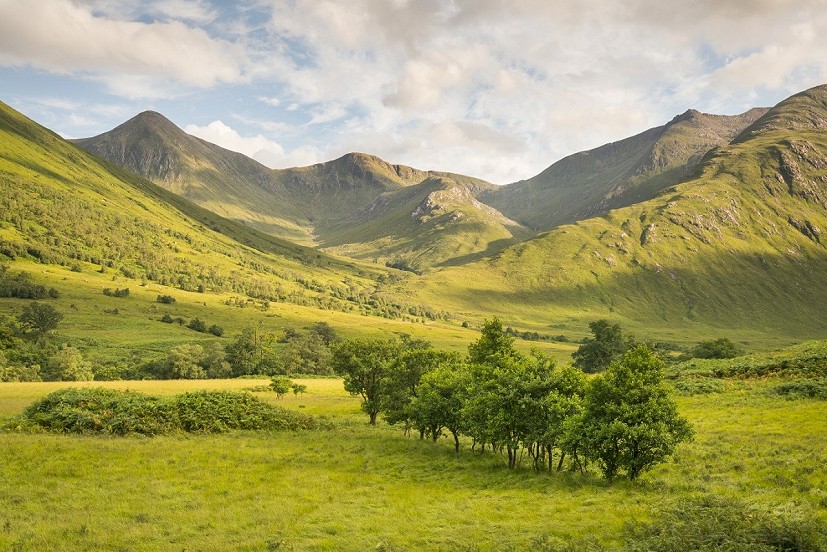
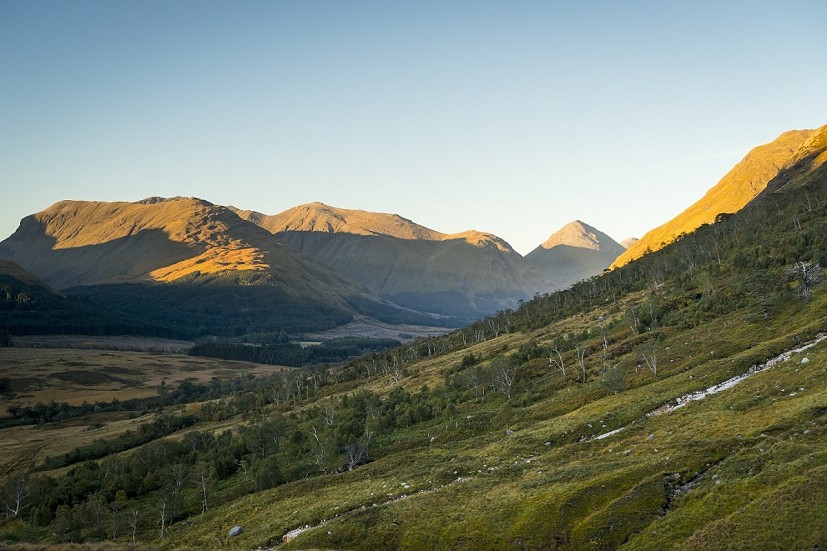

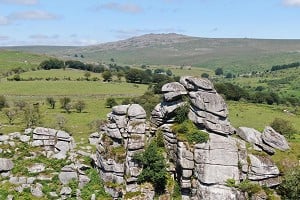
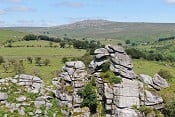
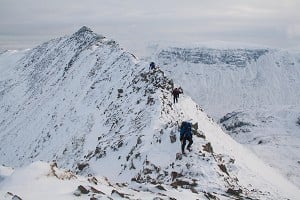





Comments
What is the expected maximum power output of the scheme (in MW) if completed?
That is the first I have heard about this action by the Highland Council and this campaign. I despair for our wildlife which we all owe a responsibility to protect and I thank you for being a voice for them Texa.
Why can't they just use the sea and wind farms for green energy without destroying life (green places and biodiversity) to help life?
Money probably.
And what about the effect on ocean ecosystems of ocean based renewables? Do we ignore that? There is evidence the effects may be positive but there are at least short term negative impacts as well and the longer term effects are still being researched.
There will always be inevitable trade-offs. There is no such thing as the perfect energy generation method so we must balance as best we can. This is not a specific comment in support of the Glen Etive schemes but in response to your comment that using ocean renewables has no consequences (that is my crude interpretation of what you are saying).
Ultimately the best approach is to reduce energy consumption as far as possible in the first place and then schemes like Glen Etive would not be needed.
What options do Save Glen Etive have now? Is there any further procedure or petitioning that can follow up the exposure from of this article?
Just over 7MW for all of them... Obviously quite a bit less because of variability.
For this, the typical flow reduction is between 70 and 90%